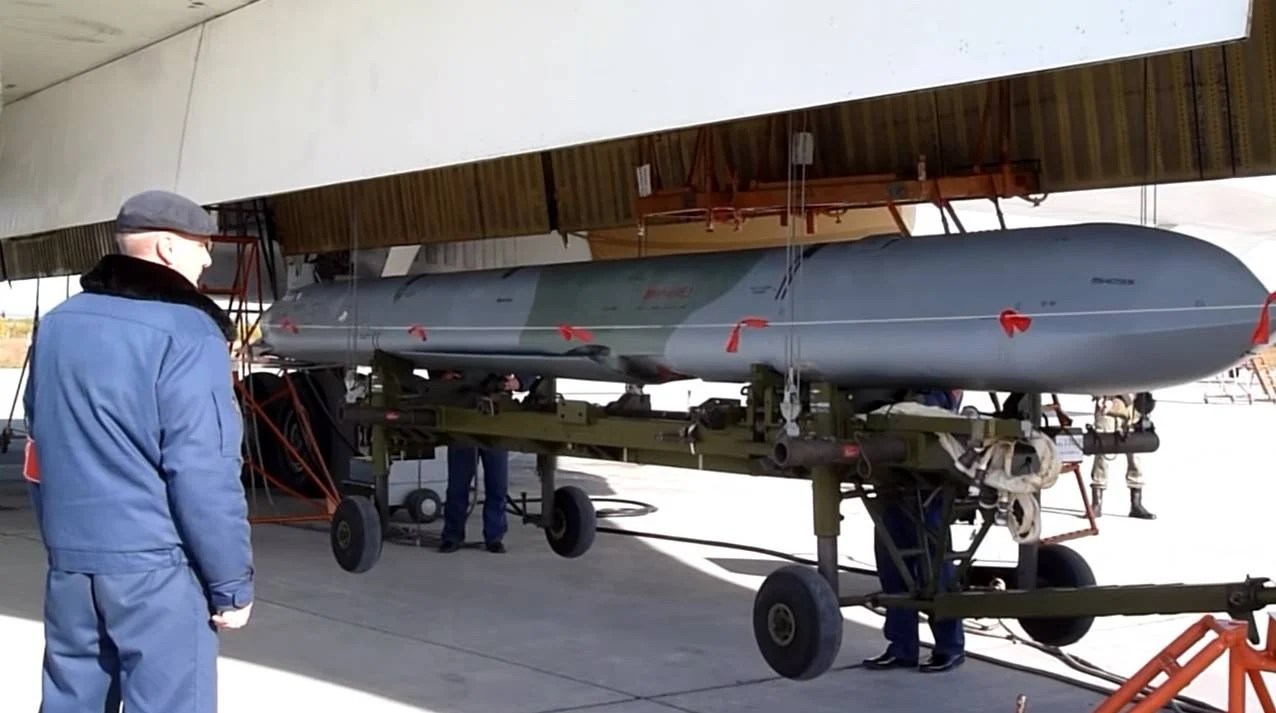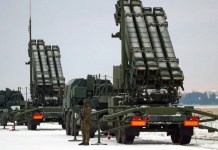North Atlantic Treaty Organization (NATO) air forces lack the experience, weapons stockpile, and infrastructure to engage in a future large-scale air war with Russia. Re-orienting to land superiority would entail painstaking financial and political costs.
Around the time these findings were published in a paper by the Royal United Services Institute (RUSI), the United States announced the modernization of two air bases in Romania, indicating that academics and military planners are possibly coordinating their actions.
While it is likely that upgrading these bases could be meant for the Western fighter jets being considered for Ukraine, the project also aligns with the material and military infrastructure recommendations in the RUSI study.
Put differently, even if US and Europe eventually decide against arming Ukraine with their fighters, the works at the air bases still aid NATO’s operations against the Russian air force in the event of a future war between the two.
The US Department of Defense (DoD) has announced the construction of a new apron for loading ammunition and ordnance, new taxiways, fresh engineering and communications equipment, lighting, and navigation aids at the Mihail Kogalniceanu Airport and the Câmpia Turzii base. The information was mentioned in tender documents of the Pentagon.
Used To Fighting Insurgents With No Air Forces
Western assessments predict Russia to remain a “security threat” with “aggressive misbehavior” in the long run. Given the American military’s preoccupation with China, they are apprehensive about facing Moscow on their own.
The paper anticipates an even more specific scenario: Russia coordinating its assault on Europe during a Chinese clash with the US in the western Pacific. This further reduces the possibility and scope of US military assistance, leaving European NATO nations to do their fighting.

Interestingly, the report attributes the European and NATO inability to conduct “high-end warfighting missions” against “state opponents” with “modern ground-based air defense and long-range strike capabilities” because of decades of having fought “peacetime air policing or close air support against insurgent groups.”
“To regenerate proficiency in high-end warfighting mission sets, air forces must reduce discretionary commitments such as counterterrorism and international diplomacy,” the RUSI paper by Justin Bronk said.
Russia’s Layered Air Defense – A Major Threat
The paper identifies three prime vulnerabilities with European NATO air forces: a small number of airfields with concentrated aircraft and “limited hardened shelters,” which; make them an easy target of long-range Russian missile strikes, and a lack of expertise and inventories to carry out Suppression of Enemy Air Defense/Destruction of Enemy Air Defense (SEAD/DEAD) missions.
SEAD/DEAD missions are mainly required for Russia, which has been able to shoot down Ukrainian fighter pilots flying as low as 15 feet. This has been achieved with its S-400 system, whose missiles have onboard active seekers in their terminal guidance.
The accuracy is enhanced since the missiles are ‘cued’ to the target from the launch itself, while 48YA6-1 ‘Podolet’ radars provide mid-course guidance. The S-400, S-300 (long-range), Buk-M3 (medium-range), Tor-M2, and Panstir (short-range) air defense and surface-to-air missile (SAM) systems form a part of Russia’s overlapping and “layered” anti-air batteries.
European NATO air forces have missile and bomb systems like the GBU-53/B Stormbreaker, SPEAR 3, and AARGM-ER, fifth-generation jets like the F-35 and Generation 4++ fighters like the Dassault Rafale and Eurofighter Typhoon.
“However, these are all expensive capabilities that must be fielded in significant numbers and regularly trained and exercised at scale as part of the joint force to be operationally credible,” said the paper.
This entails immense financial costs and sweeping economic measures, resulting in socio-political repercussions. This means Europe will have to find a way out of its de-industrialization phase and energy crisis owing to the embargo on oil and gas purchases from Russia following sanctions.
Long-Range Missile Strikes & Dispersed Air Base Operations
Saying Russia will become a significant threat to Europe in a “three to five-year time frame,” the coming war might see Moscow repeating its strategy of overwhelming long-range missile strikes, the way it began the war with Ukraine in February 2022.

Thus, Russian air-launched Kh-101 or ship-launched 3M54-1 Kalibr cruise missiles might start hitting European targets, incapacitating their air forces.
The solution is to disperse operations from smaller landing strips and highways. But that throws up a whole other set of logistical doctrine, technical, tactical, training and aircraft design, and techno-industrial challenges that only the Swedish and Finnish air forces have evolved to master.
That the paper recommends acquiring these capabilities to achieve air superiority against near-peer threats like Iran and Russia still reflects the dominant airpower-centricity in Western military philosophy.
The war in Ukraine has been characterized by long-range standoff missilery, drone attacks, and heavy ground infantry, armor, and artillery duels, with the importance of land power noted by the UK’s Chief of General Staff, General Patrick Sanders.
- The author can be reached at satamp@gmail.com
- Follow EurAsian Times on Google News




